Japanese slow earthquakes could shed light on tsunami generation

Understanding slow-slip earthquakes in subduction zone areas may help researchers understand large earthquakes and the creation of tsunamis, according to researchers who used data from instruments placed on the seafloor and in boreholes east of the Japanese coast.
Beach resort hit by seven foot wave as mini tsunami strikes the Netherlands

Beachgoers were caught off guard after being hit by the seven foot tidal wave in Zandvoort, a coastal resort in the Dutch province of North Holland.
Impact of 2004 Asian tsunami could have been reduced with mangroves
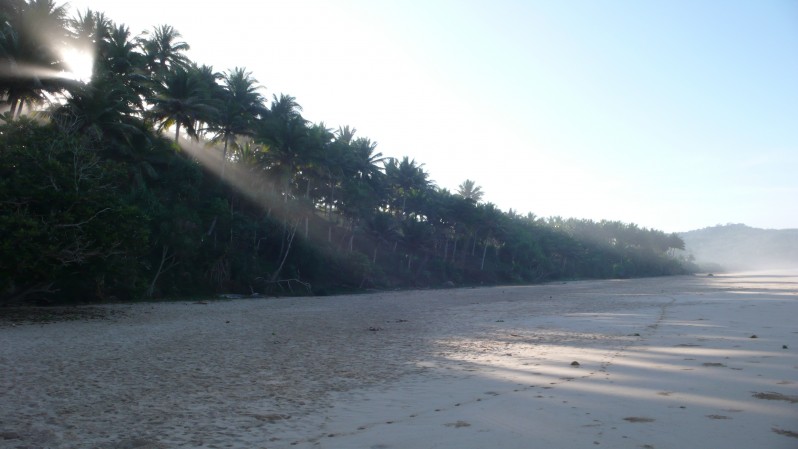
Many of Indonesia’s mangrove forests were cleared before 2004 for shrimp farms (aquaculture) – subsequent research showed that mangroves and other forests could help protect coastlines and people from the force of tsunamis, hurricanes, and rising sea levels.
NASA Study Challenges Long-held Tsunami Formation Theory
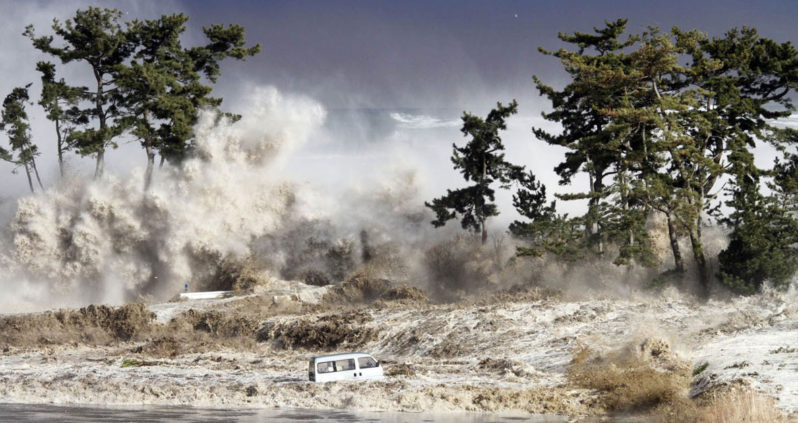
A new NASA study is challenging a long-held theory that tsunamis form and acquire their energy mostly from vertical movement of the seafloor.
Preparing for Tsunami Hazards on Washington’s Pacific Coast
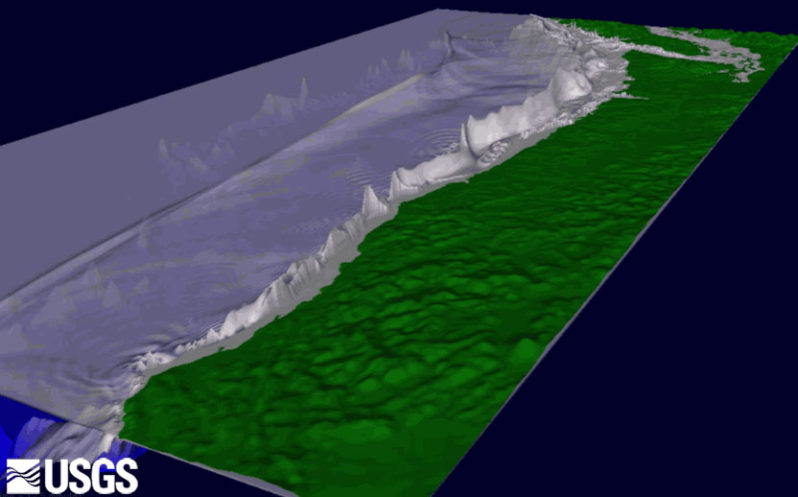
Conventional wisdom about tsunamis says that if you feel an earthquake’s shaking, move to high ground immediately. But what if the area has no natural high ground? Many coastal communities in the Northwest are built on low-lying coastal spits of sand.
Sinking of seal beach wetlands tied to ancient quakes
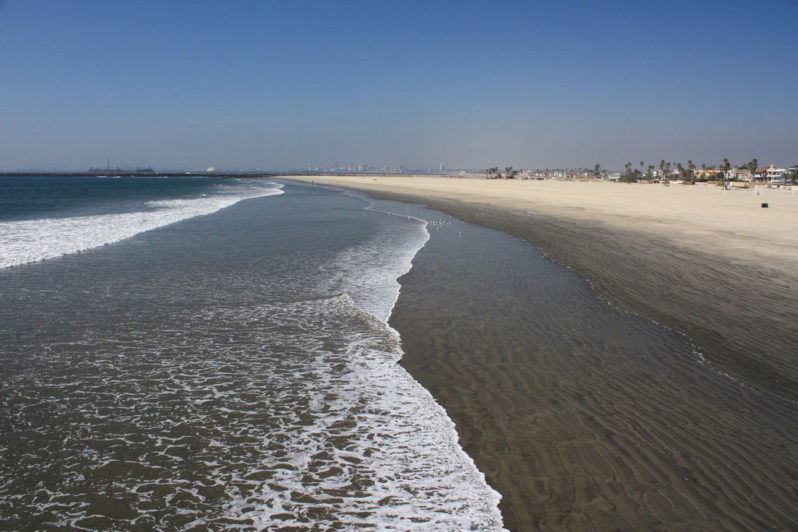
When geologists went in search for evidence of ancient tsunamis along Southern California’s coastal wetlands, they found something else. Their discoveries have implications for seismic hazard and risk assessment in coastal Southern California.
Dying robots and failing hope: Fukushima clean-up falters six years after tsunami

Exploration work inside the nuclear plant’s failed reactors has barely begun, with the scale of the task described as almost beyond comprehension.
If an Asteroid Hits the Ocean, Does It Make a Tsunami?

If an asteroid hits one of our oceans — water makes up for 70 percent of our planet’s surface and is therefore a more likely scenario — the scope of the impact is poorly understood.
Tsunami risk for Florida and Cuba modeled
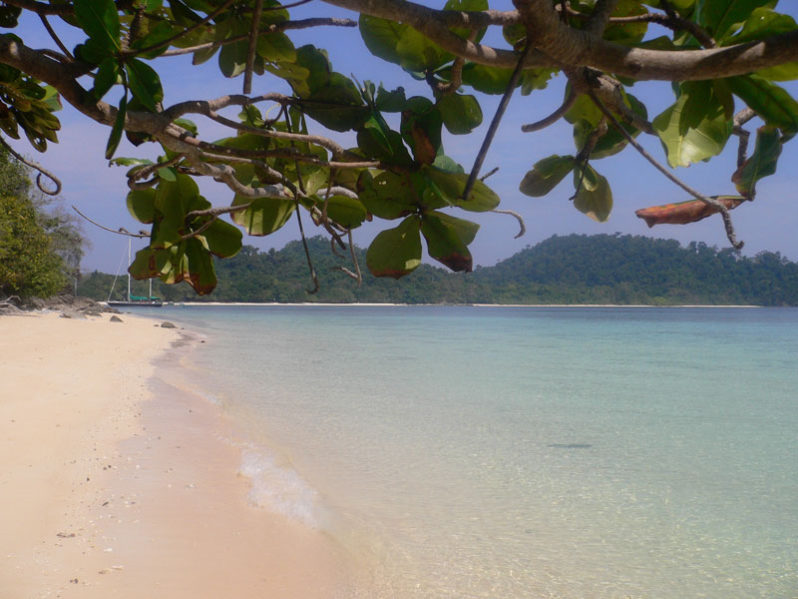
While the Caribbean is not thought to be at risk for tsunamis, a new study indicates that large submarine landslides on the slopes of the Great Bahama Bank have generated tsunamis in the past and could potentially again in the future.
